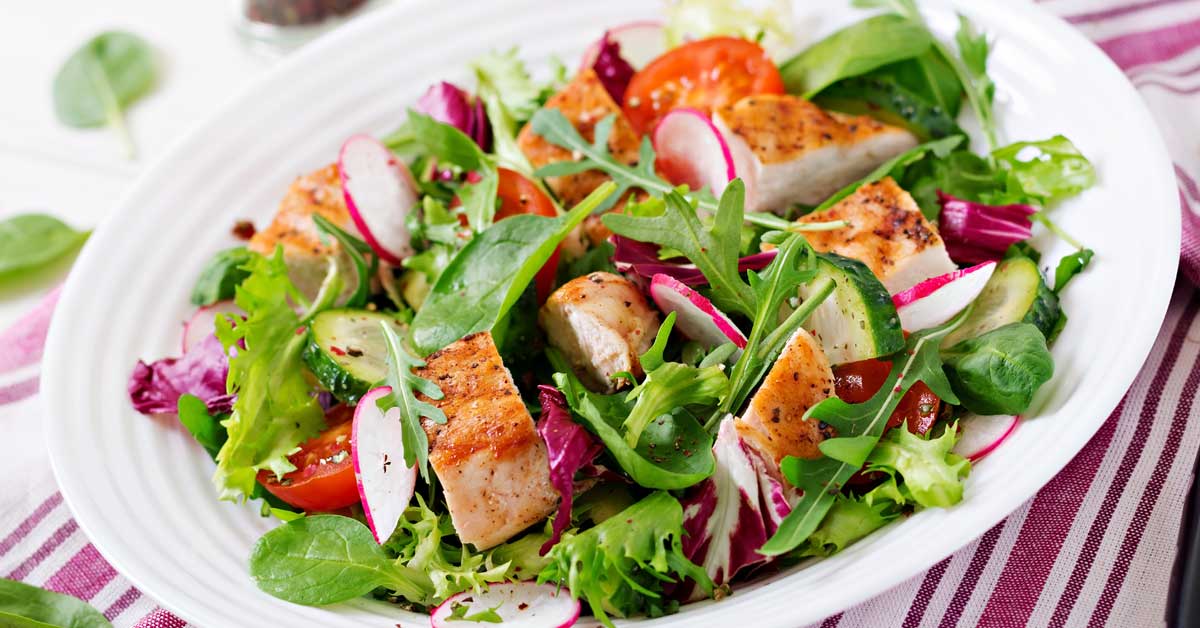

The anti-Candida diet is a very important part of preventing or reversing a Candida overgrowth.
By avoiding sugary foods, eliminating foods that cause inflammation, and eating foods with probiotic or antifungal properties, you can go a long way towards recovering your gut health.
As your digestive health recovers, you might find relief from many of the symptoms associated with Candida overgrowth.
The anti-Candida diet is a low-sugar, anti-inflammatory diet that promotes good gut health. The diet includes non-starchy vegetables, some low sugar fruits, non-glutinous grains, fermented foods, and healthy proteins.
We’ve distilled the core ideas of the anti Candida diet down into 11 simple principles which you can see below. You can use these, along with the lists of allowed foods and disallowed foods, as the basis for your diet.
Free Guide To Beating CandidaSign up to our free, 8-part email course today, and learn how to create your own, personalized Candida treatment plan :)
Table Of Contents
Did you know that there are more than 40 trillion living microorganisms inside your body? It’s a staggering number, especially when you realize that a typical human is made up of only around 30 trillion cells. In other words, we are massively outnumbered by our gut bacteria (1)!
Clearly, these bacteria and yeast living inside us have an important role to play. We wouldn’t have evolved this way if that wasn’t true.
Research over the past few years has exposed exactly how dependent we are on our microscopic friends for things like immunity, digestion, glucose control, and heart health (2, 3, 4). There’s even evidence that your gut microbiome can affect your mental health too (5).
It seems obvious that a disruption in the balance of your gut microbiota can have some wide-ranging consequences. When an opportunistic pathogen like Candida albicans starts to overgrow, it can lead to digestive symptoms such as bloating, indigestion, nausea, diarrhea, and gas (6).
Researchers call this a type of gut dysbiosis, which is just another way of describing an imbalanced gut flora. More broadly, Candida symptoms can include fatigue, recurring yeast infections, and weak immunity.
One of the major causes of fungal overgrowth in the gut is a poor diet. By eating foods that are high in added sugars and rich in pro-inflammatory ingredients, you can create the conditions necessary for Candida albicans to thrive (7).
On the other hand, positive dietary changes can inhibit and even reverse the growth of Candida albicans. By following a low-sugar, anti-inflammatory diet and eating the right foods, you can promote good gut health and recover from a Candida overgrowth.
Here are the 11 main principles of the anti Candida diet plan, along with tips on how to follow them and a few suggested recipes. If you follow these principles, you’ll see big improvements in your gut health.
Let’s take a look at those in more detail!
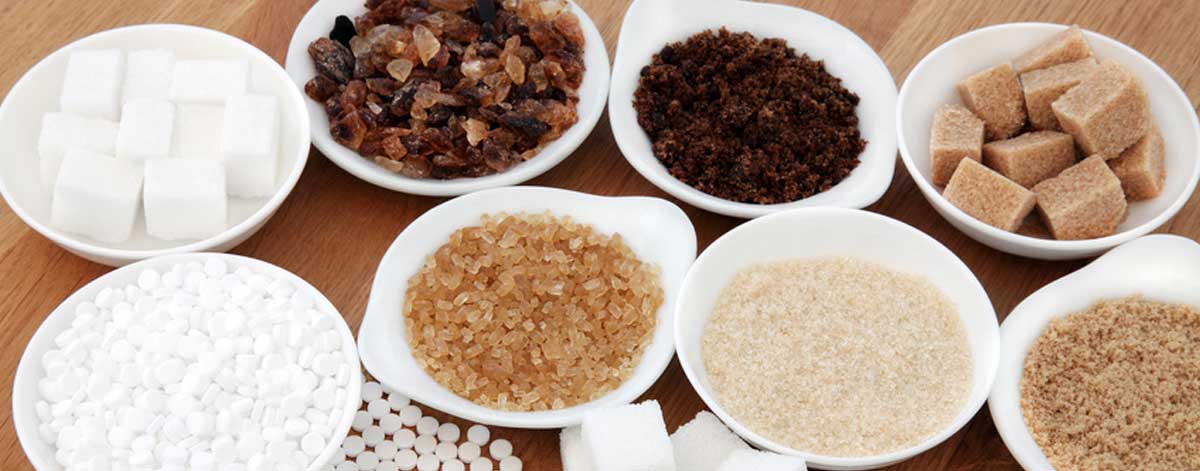
Did you know that there are more than 50 different names for sugar? If you carefully check your ingredients labels, you might be surprised to find these different types of sugar in everything from cereals and condiments to pasta sauce and peanut butter.
Some food manufacturers even include three or four different sugars in their recipe. Have you ever wondered why? If they just used a single sugar, it would appear as the first ingredient on the label. By using several sugars, each in smaller amounts, they are able to portray their product as healthier than it might actually be.
Sugar is needed by the Candida albicans yeast for a couple of important reasons.
Firstly, Candida uses sugar for cellular growth and to transition into its more pathogenic, fungal form (8). This is the hyphal form in which it is most likely to spread around your gut and elsewhere.
Secondly, Candida uses sugar, in the form of glucose and mannose, to form the biofilms that allow it to hide from your immune system (9, 10). These biofilms are perhaps the major reason why Candidiasis of all forms is a particularly difficult condition to treat. Biofilms are a protective matrix that Candida albicans builds around itself.
Of course, added sugars are not just bad for a Candida overgrowth. Other ways in which excess sugar can damage your health include:
We’ve established that added sugars should be eliminated from your diet, but where are they? Which foods contain them? Researchers have put together a list of the main sources of added sugars in a typical adult diet, and here’s a summary (16):
Soda/energy/sports drinks: 27%
Grain-based desserts (e.g. cakes): 8%
Fruit juices: 6%
Candy: 5%
Dairy desserts: 3%
Tea: 3%
Cereals: 3%
Sugars (e.g. honey): 4%
Yeast breads: 2%
Syrups/toppings: 1%
Other: 38%
As you can see, added sugars come from a wide variety of sources. However, the worst offenders are clear – soft drinks, energy drinks, juices, desserts, and candy.
There are some surprising sources of added sugar, which is why it always makes sense to check the ingredients label. These include pasta sauce, crackers, coleslaw, salad dressings, peanut butter, bread, and breakfast cereal. On your Candida cleanse, you need to be very mindful of what you are eating.
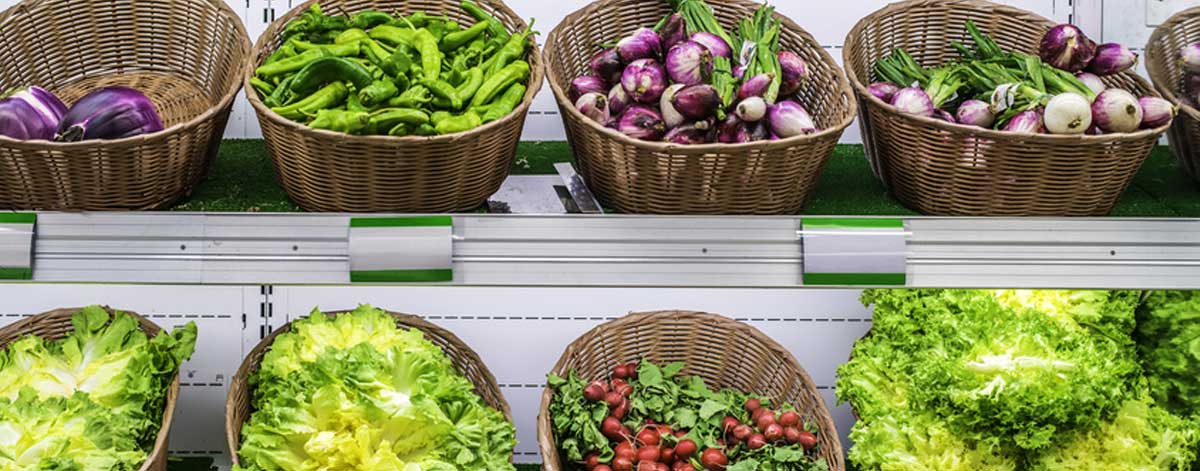
Vegetables are a key part of any balanced diet, and so they should naturally form a large part of your Candida diet. However, some vegetables contain large amounts of starch, are high on the glycemic index, and should be minimized.
Starchy vegetables like sweet potatoes, potatoes, yams, corn, winter squash, beets, and peas contain lots of net carbs and are likely to raise your blood sugar much more than non-starchy vegetables.
That doesn’t mean that you need to eliminate them completely. They’re on our Maybe list because although they are high in net carbs, they are still nutritious and healthy. You just need to make sure that you don’t eat too many of them.
For example, when switching to a healthy diet free of junk and processed food, many people over-compensate by eating lots and lots of potatoes, yams, and other starchy vegetables. That’s not the goal here. Your vegetable consumption should be mostly green, low-starch veggies.
Equally, don’t go completely no-carb. The Candida diet is a low-carb diet, not a no-carb diet. If you eat so few carbs that you enter ketosis, that can actually be counter-productive. Research has shown that Candida albicans is capable of using ketones as a food source (17).
Free Guide To Beating CandidaGet your free, 8-part guide to beating Candida, and join more than 100,000 people getting weekly updates and recipes!
The best vegetables to eat while fighting Candida are generally those that are high in micronutrients but relatively low in carbs. These include all leafy greens like spinach or kale. They also include anything from the cruciferous family, like broccoli, cauliflower, or cucumber.
There are a couple of exceptions. Rutabaga (often known as Swede) is relatively high in starch but also has some powerful antifungal properties (18). Jicama and turnips are similar. You can both of these without worsening a Candida overgrowth.
If in doubt, look up the net carbohydrates in a vegetable. To calculate net carbs, simply take the total carbohydrates and subtract the fiber. A 100g portion of Brussels sprouts, for example, contains 9g of carbohydrates and 4g of fiber. That means that it has only 5g of net carbs per portion.
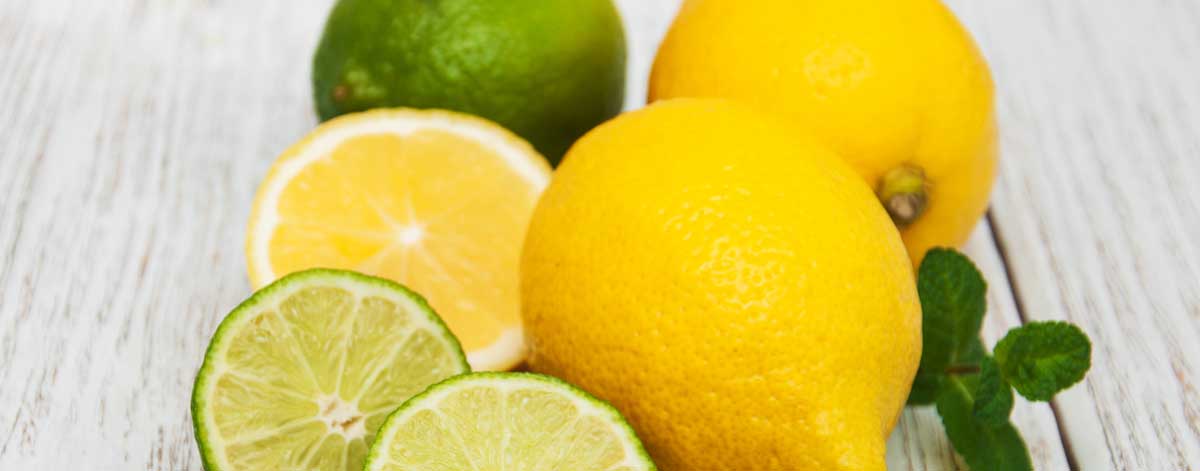
On the Candida diet, you should stick mostly to fruits with low net carbohydrates. Good examples are lemons, limes, and avocado. Berries also have relatively low net carbs. You can also consider including some fruits that have higher net carbs but a larger proportion of fructose, for example apples and pears.
Fruits contain three different types of natural sugars – sucrose, glucose, and fructose. Sucrose and glucose have both been shown to promote Candida albicans biofilm creation, growth, and activity (19, 20). Fructose, on the other hand, is metabolized more slowly by Candida albicans, and in fact has been shown in some cases to inhibit its growth (21).
When you’re looking for fruits to include in your anti-Candida diet, this means that there are a couple of different factors to take into account.
First, how many net carbs are there in your fruit? Remember that to calculate net carbs, you simply subtract fiber and sugar alcohol from the total carbohydrates. A lower number is better. For example, a 100g portion of blackberries contains about 5g of net carbs, whereas a 100g portion of banana contains 20g of net carbs.
Second, how much fructose does your fruit contain? Fruits that are high in fructose (e.g. apples) are generally better for glucose control.
In the long term, eating lots of fructose can have serious health implications like insulin resistance, fatty liver disease, and diabetes (22, 23). But that’s only really a problem for people who are consuming lots of table sugar, High Fructose Corn Syrup, or fruit juice. It’s pretty much impossible to consume too much fructose only by eating fruit (24).
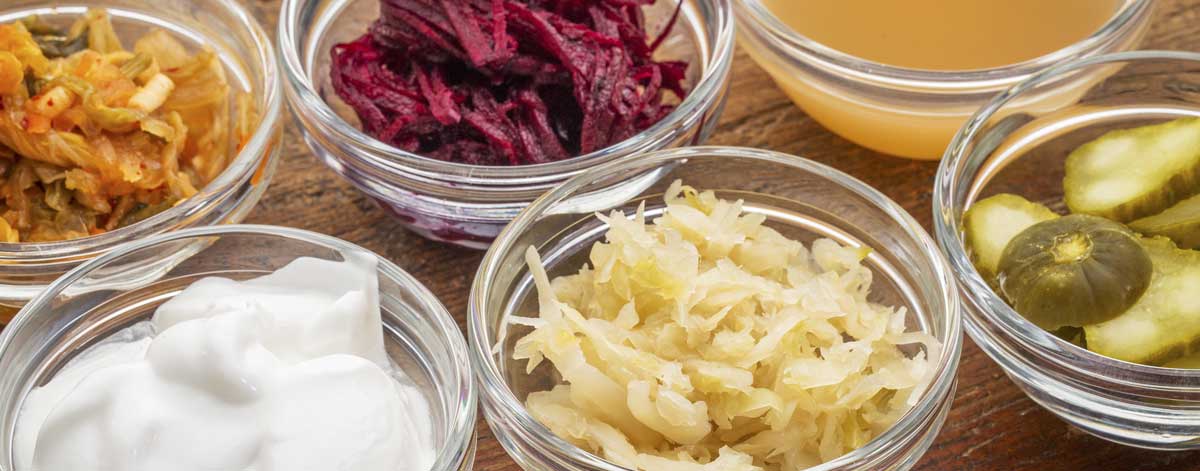
Probiotic bacteria are one of the most crucial elements of any Candida diet. They help to improve digestion, repair gut health, boost immunity, and so much more. During your anti-Candida diet plan you can take probiotic supplements, eat probiotic foods, or ideally do both!
There are a few simple precautions that you should take when buying fermented foods. To get the most out of those probiotic bacteria, and enjoy the most benefit to your health, follow these tips.
Here’s a list of some of our favorite probiotic foods to include in your Candida diet:
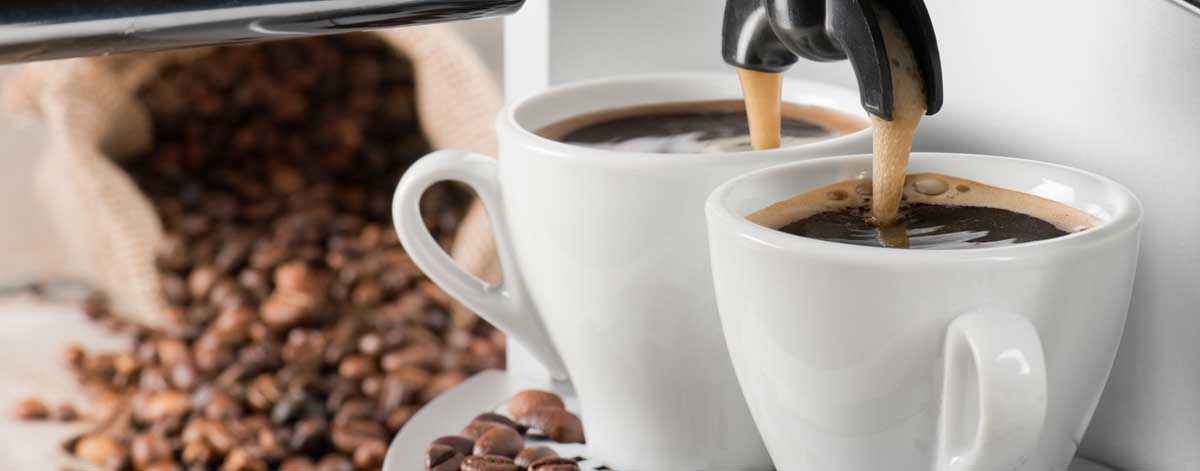
Caffeine is not necessarily harmful during a Candida diet. In fact, there are lots of health benefits to drinking coffee (25). However, there are a couple of important things to keep in mind if you’re suffering from Candida.
In some circumstances, caffeine can irritate your gut and impair your digestion. It can also contribute to burnout that might weaken your immunity just when you need it the most.
Let’s take a look at those in more detail.
The consumption of caffeine, specifically coffee, has been shown to activate a protein complex in the gut that is linked to inflammatory bowel disease (26).
Drinking coffee regularly on an empty stomach has been shown to weaken the intestinal wall, which can undermine your immune system and leave you more vulnerable to pathogens like Candida (27).
Additionally, animal models have shown that caffeine consumption increases the production of zonulin, an inflammatory protein that is strongly linked to intestinal permeability, or leaky gut (28, 29).
Just as importantly, drinking too much caffeine can leave you tired and burned out. If you find yourself drinking more and more caffeine each day just to cope with life, or if your coffees are getting stronger each day, there’s a good chance that you’re burned out.
Burnout and adrenal fatigue can wreak havoc on your immunity and digestion, as well as making you very tired (30).
Some people give up caffeine entirely on their anti-Candida diet. Others reduce their cups of coffee to one or two in the morning.
If you choose to continue drinking coffee to tea, make sure that you do it in the morning only. An afternoon coffee is almost certain to impair your sleep in some way, and you need to get all the rest that you can (31). Avoid caffeinated drinks on an empty stomach too, as this can affect your gut health.
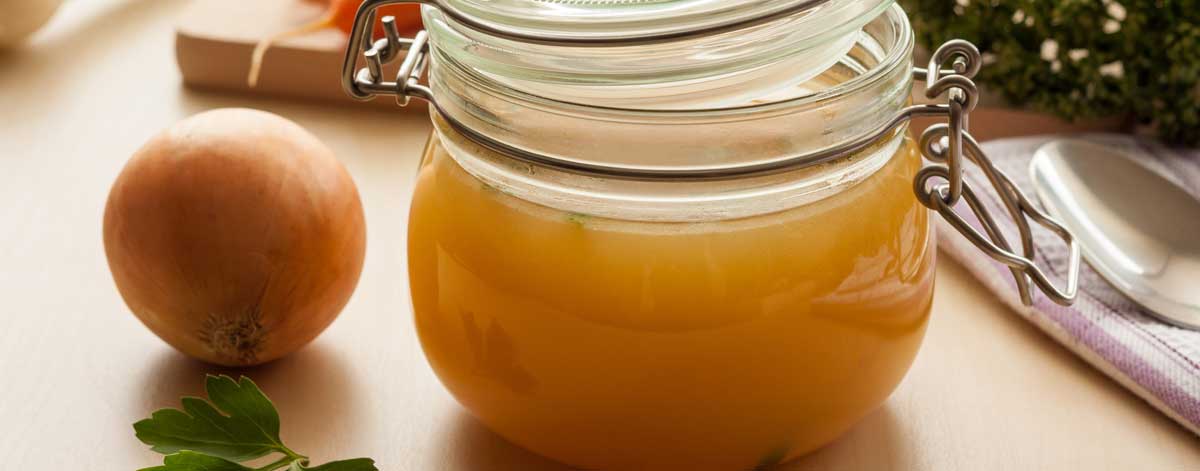
The Candida diet is an anti-inflammatory diet designed to recover your gut health. That means two things: eating less of the foods that lead to inflammation (sugar, processed foods, etc), and eating more of the anti-inflammatory foods that can reverse that inflammation.
If you’re eating a diet rich in vegetables, healthy proteins and fats, and fermented foods, you’re already halfway there.
But there are some other foods that are particularly useful for gut healing, and you should consider including at least one of them in your Candida diet.
Here are 3 gut-healing foods to add to your diet:
Bone broth is, firstly, an easy-to-digest, low-carbohydrate food that is incredibly nutrient-dense. Depending on what ingredients go into the broth, it can contain calcium, magnesium, potassium, phosphorus, iodine, zinc, iron, boron, manganese, selenium, glucosamine, chondroitin, omega-3 fatty acids, and much more.
That, by itself, should be enough reason to include it in an anti-Candida diet. But where bone broth really comes into its own, and where its particularly helpful for gut issues like Candida, is in the gelatin that it contains.
Animal studies have shown that gelatin acts to protect against damage to the intestinal wall (32). It contains an amino acid named glutamine which, in other research, has been shown to inhibit the inflammation and oxidative stress that leads to intestinal permeability (33).
Bone broth is really easy to make, especially if you have a slow cooker. You can also buy bone broth from health food stores or online. It can be added to your foods, mixed into smoothies, or even just drunk by itself.
As the name suggests, this is made simply by juicing cabbage. A large part of the health-affirming properties of this juice are due to its content of glutamine. However, it is also a powerful antioxidant, supporting detoxification through several liver detox pathways, and full of anti-cancer compounds found in many brassica family (i.e., cruciferous) vegetables.
Coconut oil has antifungal properties thanks to the three fatty acids that it contains (34). One of these is caprylic acid, which is one of the most useful antifungal supplements to take while on the Candida diet.
Beyond its antifungal properties, coconut oil is also an anti-inflammatory food (35). It’s a great choice for cooking and baking, and some people even maximize the benefits by eating a tablespoon each day.
Coconut oil has other uses too. It can be used topically to treat fungal rashes or infections. And a tablespoon of coconut oil, swished around inside the mouth for a minute or two, is often used to reduce the symptoms of oral thrush.
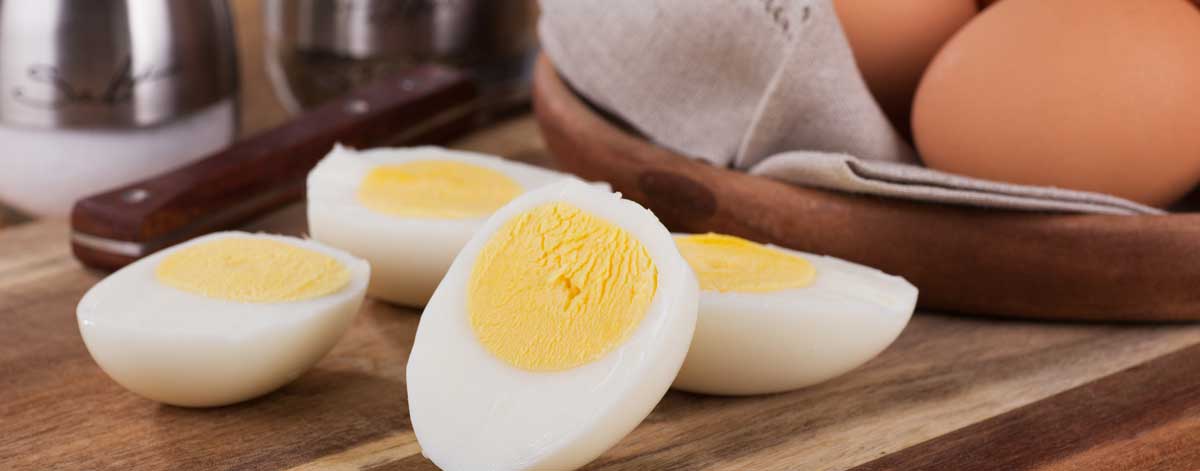
When some anti-Candida dieters cut back on the carbohydrates in your diet, they lose weight quite quickly. Sometimes this is desirable and sometimes it isn’t – either way, this is not really a diet that’s focused on weight loss. Improving your gut health is the first priority.
If you want to maintain your weight, you’ll need to replace those calories. Put simply, that means eating more proteins and fats.
When buying meats, look for cuts that are as nutrient-rich and fresh as possible. That might mean buying organic, or local, or just working with a trusted butcher.
Avoid any added ingredients like sugars, nitrates or sulfites. Processed meats like bacon, ham, and turkey slices should be avoided (36). Try to stick to healthier, white meats as much as possible.
Get Your Free Guide To Beating Candida Join 100,000+ people on our mailing list, and get your free, 8-part guide to beating Candida :)Eggs are an excellent food to incorporate into your Candida diet. They are one of the best, most nutritious sources of protein you can find. Look for organic and free-range eggs, as they tend to be more nutritious.
When buying fish, focus on the species that are less affected by heavy metals and other toxins. Swordfish, albacore tuna, shark, and king mackerel tend to be the worst affected.
Look for smaller fish like sardines and herring, as well as some larger fish like wild-caught salmon. Wild-caught fish is always a better choice than farmed fish.
If you’re vegetarian, you can get plenty of protein from nuts, beans, yogurt, and protein-rich pseudo-grains like quinoa and teff.
Fats and oils are an excellent way to maintain your calorie intake, and you’ll find that many of them have antifungal or anti-inflammatory properties too. Coconut oil, olive oil, butter, and ghee are all good options.
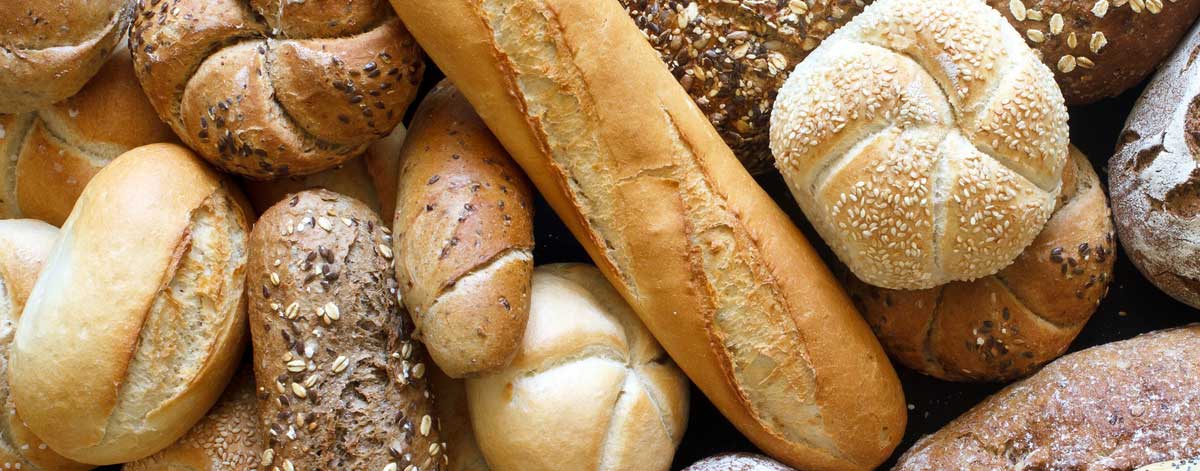
There is increasing evidence that gluten affects the health of a much wider group of people than simply those with Celiac disease. The era of gluten-are being dismissed as a ‘fad’ diet is well and truly over.
The latest research shows that gluten triggers the production of zonulin, a pro-inflammatory protein that damages the intestinal wall and causes intestinal permeability (37, 38).
Intestinal permeability, which you might know as Leaky Gut, has been implicated in auto-immune conditions, food sensitivities, Crohn’s disease, and IBS (39, 40).
If you have been suffering from a Candida overgrowth and your gut health has deteriorated, eating gluten is likely to worsen your symptoms.
Staying away from gluten will help your gut to repair itself, reduce inflammation, and undo some of the damage caused by the imbalance in your gut flora.
Avoiding gluten is incredibly easy these day. There are lots of innovative pseudo-grains on the market, for example buckwheat and millet, that simply weren’t easily available 10 years ago.
Be careful of buying gluten-free packaged foods. Many of these come loaded with sugars, preservatives, and other unhealthy additives. Making your own gluten-free products at home is quite easy.
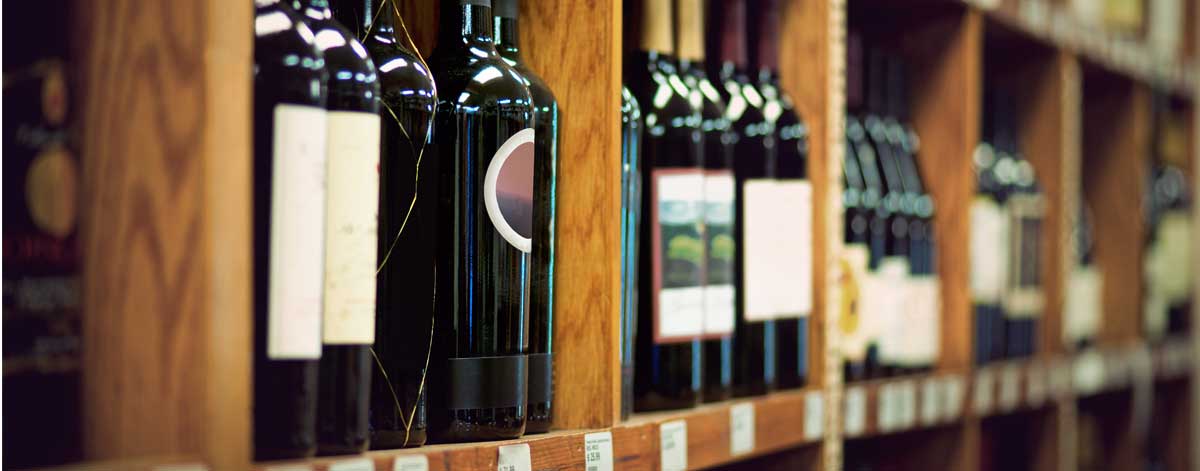
Alcohol is bad news for your gut, for a few different reasons. While on the anti Candida diet, we would recommend that you cut back your alcohol consumption or, even better, eliminate it completely until your gut health is restored.
There is a clear and well-established link between alcohol and intestinal permeability.
Remember that Candida albicans, in its pathogenic hyphal form, can also cause intestinal permeability (41). If a long-term Candida overgrowth has damaged your gut, alcohol can make it worse.
Alcohol also destabilizes your blood glucose.
Large amounts of alcohol will lead to a quick drop in your blood sugar, while smaller amounts can make it rise. Either way, instability in your blood sugar can stimulate your appetite, encouraging you to make poor food choices and further destabilizing your blood sugar levels.
There is also evidence that excessive alcohol weakens and destabilizes the immune system. Research shows that heavy drinking causes a temporary increase in immune system activity, but in the following hours the immune system becomes less active than when the subject was sober (42).
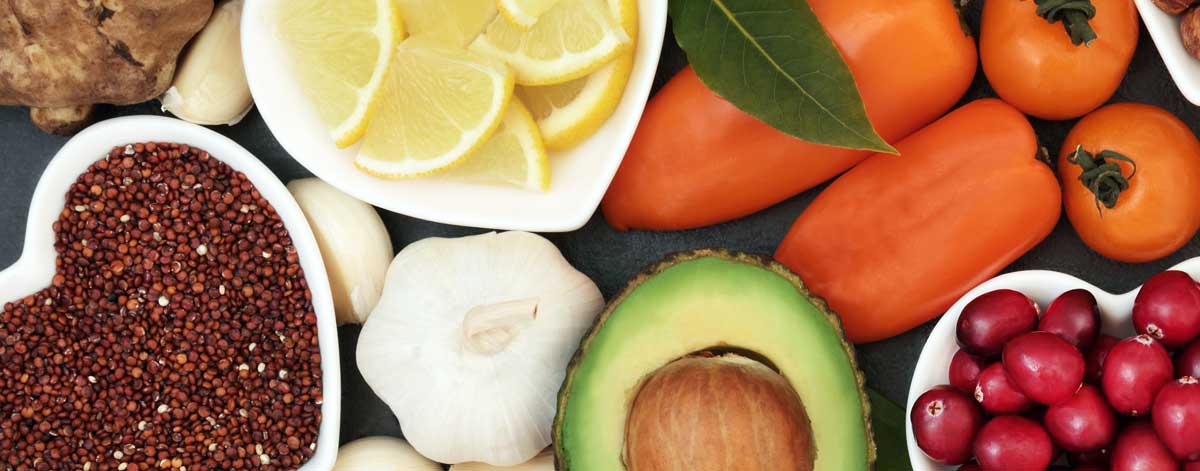
As you move away from processed foods, sugary snacks, and soft drinks, the nutritional profile of your diet is going to dramatically improve.
Vegetables, fruits, and healthy proteins simply contain more micronutrients and will help you to stay healthier and happier.
By taking the next step and looking at the details of your new food choices, you can make this improvement even more significant. Let’s take a look at three ways to maximize your intake of micronutrients.
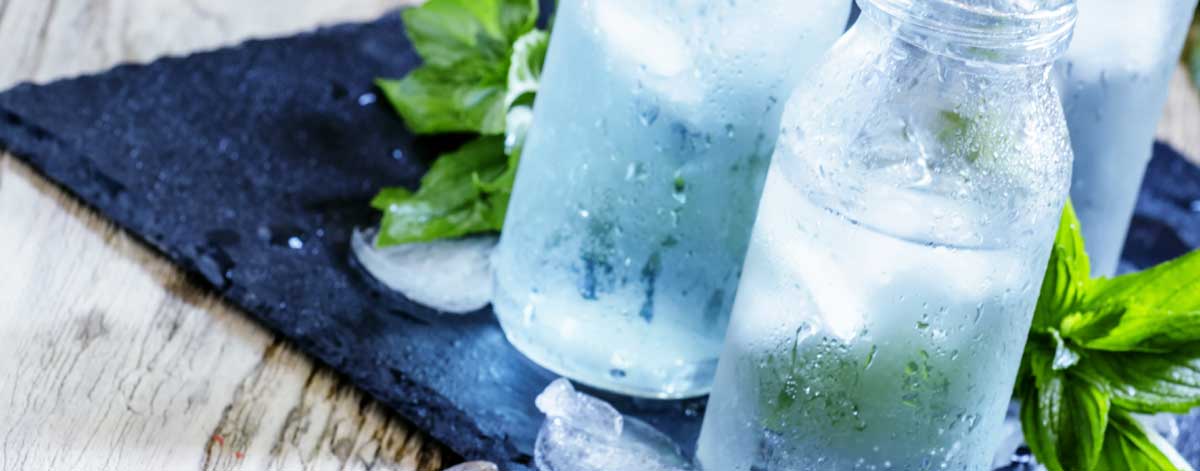 Staying hydrated is good for your digestion and your immune system too." width="1200" height="471" />
Staying hydrated is good for your digestion and your immune system too." width="1200" height="471" />
This last one applies whether you’re following the Candida diet or not. Drinking more water and staying hydrated can improve anyone’s health and should always be a made a priority.
Is a Candida overgrowth making you tired and grumpy? Not drinking enough water could make that worse. In fact, research shows that dehydration can lead to poor concentration, fatigue, headaches, low mood, anxiety, and impaired memory (X, 45). That’s quite a list!
Drinking water can improve your digestion too. Candida can affect your digestion in different ways – some people might experience constipation, while others have diarrhea. Drinking more water, especially filtered water that is free of contaminants, can help.
If you are experiencing runny stools and diarrhea, you need water to replace fluids that you are losing. If you are suffering from constipation, drinking more water will help to lose your stool and promote more regular bowel movements (46).
When you exercise, it’s common to lose a lot of water via sweat. That can affect your motivation levels, your energy, and even the way that your body controls its temperature (47).
To reverse a Candida overgrowth, one of the most important elements is a low-sugar, anti-inflammatory diet.
That means eating lots of non-starchy vegetables, some low-sugar fruits, healthy proteins and fats, and fermented foods.
The foods that you should avoid include anything with added sugars, high-sugar fruits, and glutenous grains. Try to minimize your consumption of alcohol and caffeine, as they can cause inflammation in your gut and destabilize your blood sugar.
For more tips on following the Candida diet, as well as how to integrate probiotics and antifungals into your treatment plan, take a look at the Ultimate Candida Diet program.
The program includes comprehensive food lists and a 5-step plan to get back to perfect health. More than 50,000 people have used it to boost their gut health, digestion, and immunity.

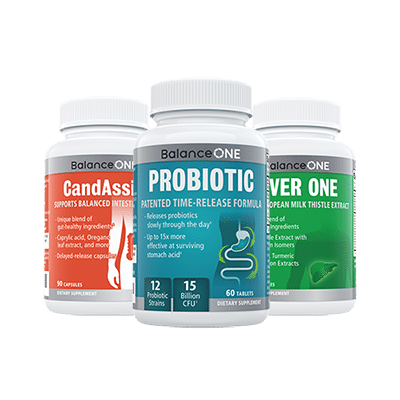
This Candida Kit contains all the supplements recommended on the Candida Diet:
- LIVER ONE to process and remove the toxins created by Candida.
- CANDASSIST to inhibit and weaken the Candida colonies in your gut.
- PROBIOTIC to replace the Candida yeast with probiotic bacteria.
Plus. the CANDIDA DIET RECIPE BOOK with 50+ low-sugar recipes
You are doing amazing work! Thanks for sharing your wonderful post❤️. I recently had to be prescribed antibiotics for a sinus infection, so I already knew I would get a yeast infection because I always do whenever I have to take antibiotics. Diflucan gives me a lot of relief (so happy 😊 I googled ‘Nocnd247’ and got it). What many people may not know is that antibiotics can cause other medical issues to develop while taking them, such as diarrhea, nausea, stomach cramps, excessive gas, yeast infections, etc. Taking antibiotics this time resulted in me having a vaginal and anal yeast infection. I hate itching worse than being in pain!
Janet says:Thanks for all your help, I read it over and over to try to get it ingrained in my head!! Putting recipes on here helps a lot! so thank you again!
Jane Burkhouse says: it is a life long process to keep it under control. remember no sugar Diane Cohrt says:This article was great information, I’ve been fighting Candita for over 3 years, 9 doctors, only a naturopath doctor recognized the issue. The diet is real hard, I don’t crave sweets but I love my potatoes and a glass of wine.
Since reading your article my life has transformed . I was clogged with mucus from my bronchi to my head, had asthma for 40 years. ALL GONE with candida diet . I am so angry with doctors .
Judie Burman says:I was surprised – but pleased – to read that Stevia is an acceptable form of sugar whilst trying to defeat Candida. I try to minimise sugar anyway, but using this as an alternative would open up more possibilities. Thank you.
Brigitte says:Hi,
Wonderful information, so comprehensive. I’m just starting to put your suggestions into practice and was wondering if you could provide this document in PDF form.
I don’t know about others, but I love printing things out and having the info on my table. I already spend enough time looking at a computer screen..
Thanks for letting me know!